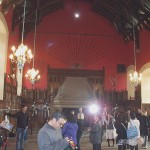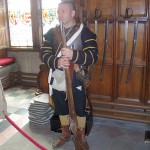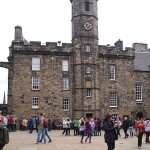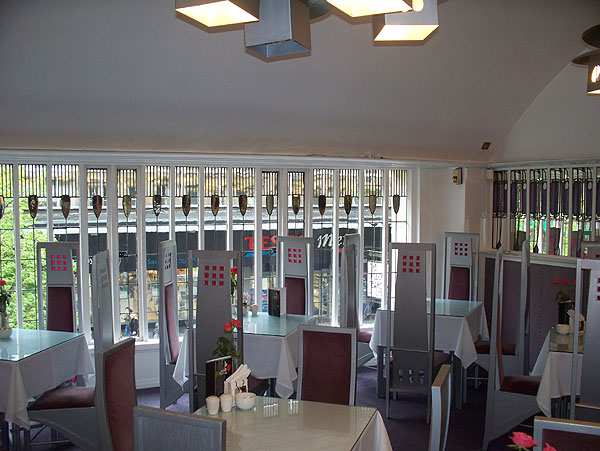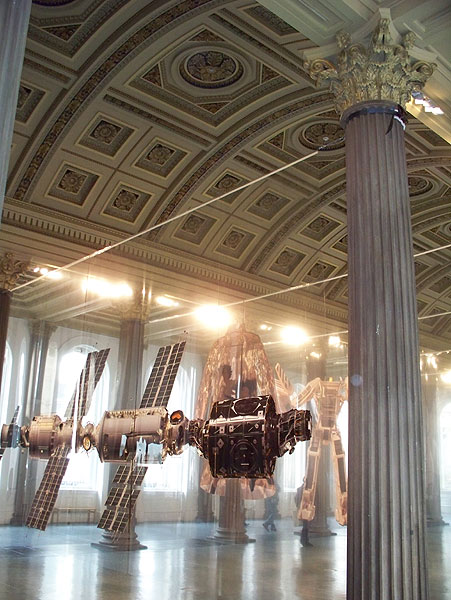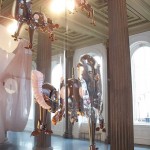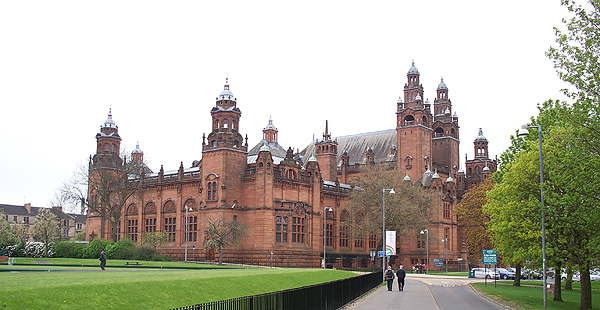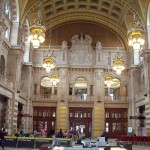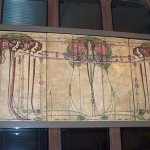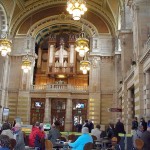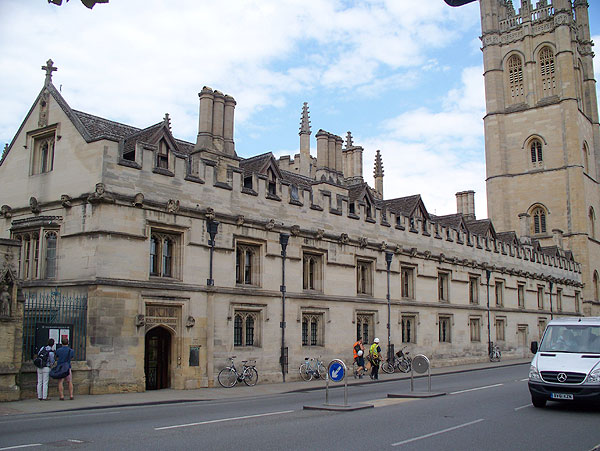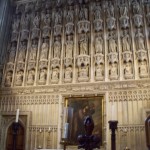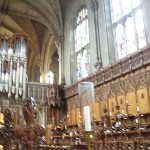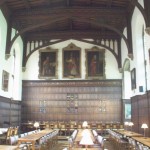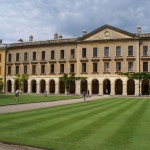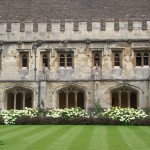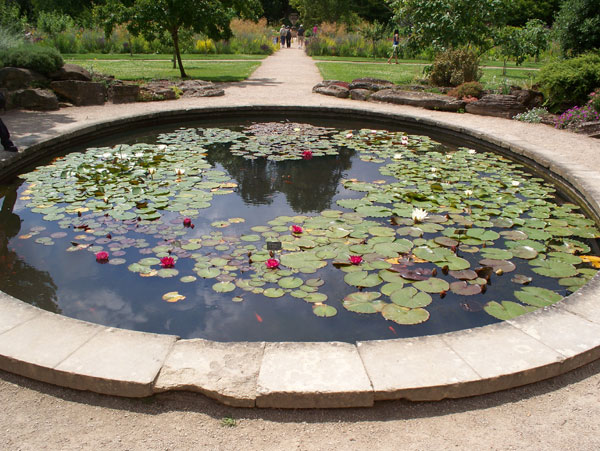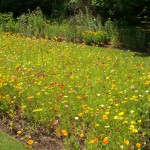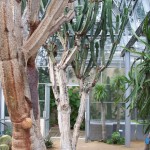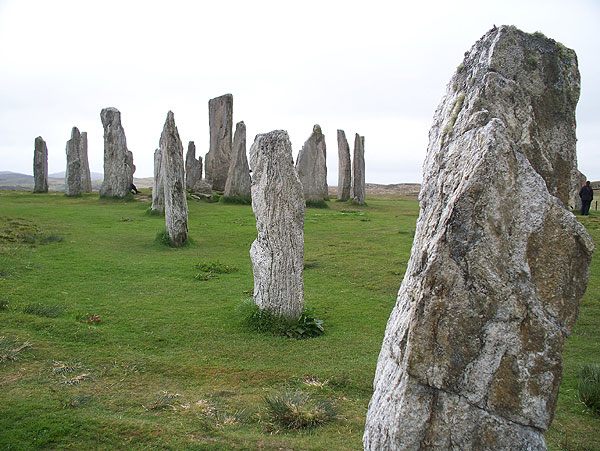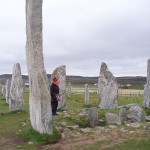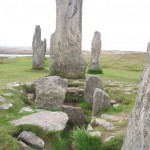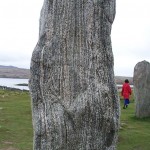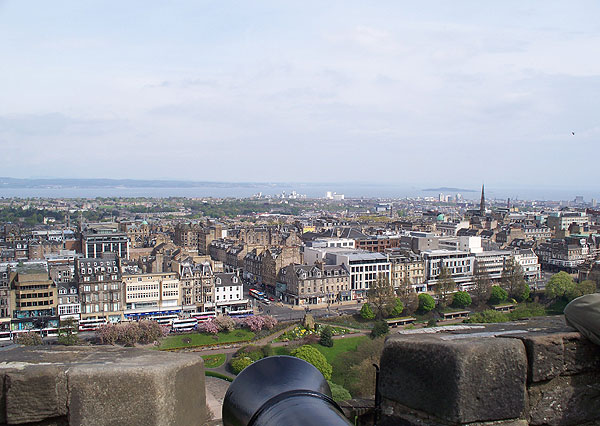
Scottish Heritage
The most famous building in Edinburgh. If you are expecting massive medieval walls and a keep or towers on the lines of English or Welsh castles, you may find Edinburgh Castle a bit of a disappointment. The crags, with a wall across the neck behind the shooting-gallery of the Castle esplanade, were enough to see off medieval attackers. Cannon fire in various sieges demolished most of the original medieval buildings, and what stands today are mostly barracks and halls of later date. A few bits were rebuilt by the Victorians to make the castle look more like a Victorian baroque castle.
However there is much to see, enough to keep a visitor busy for several hours.
The St Margaret’s chapel is the oldest building. There are regimental museums, and around a square you will find a Royal Palace built for James VI, the Scottish Crown Jewels, a magnificent Great Hall, and the massive Scottish National War Memorial. There are prisons of war, and a medieval prison. A modern gun is fired at 1pm, and you can look at Mons Meg, a medieval large-bore cannon.
A regular adult ticket costs £16 (2014), but if you have a qualifying English Heritage card you get in free, haha.
The Edinburgh Council really don’t want you coming to their city centre by car, so unless you are willing to pay over £13 for a day’s parking, come by bus, train, or the new tram.
